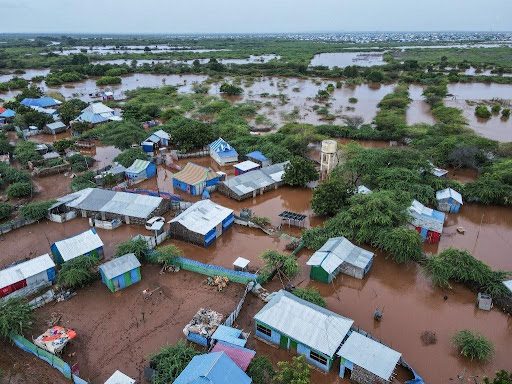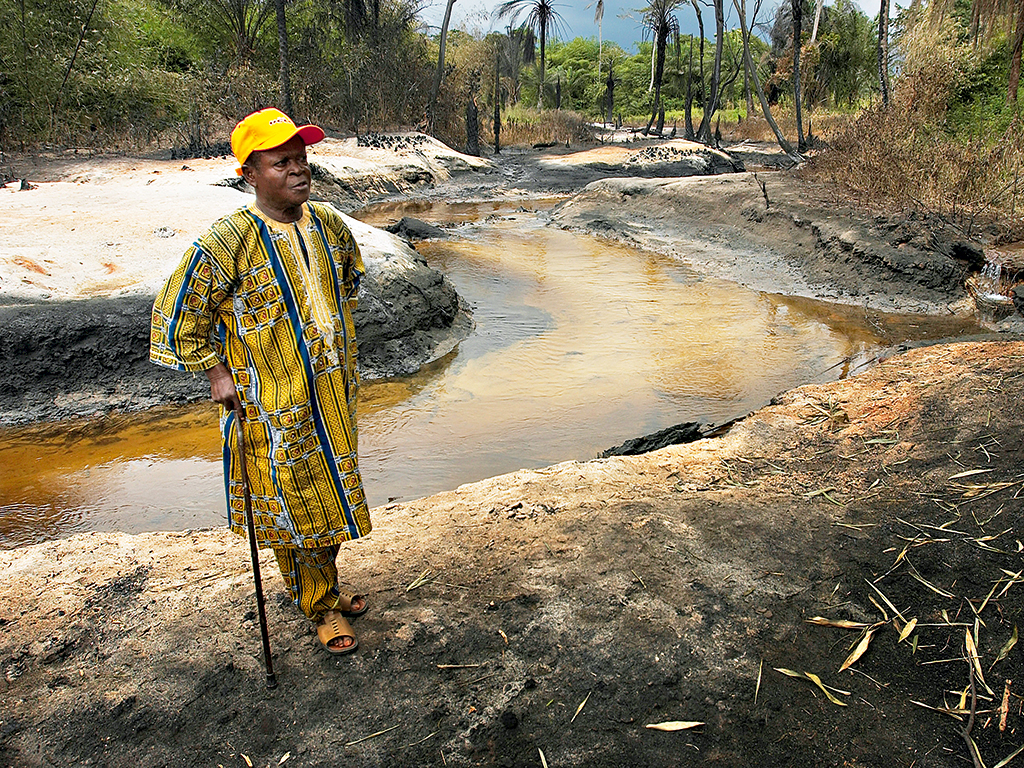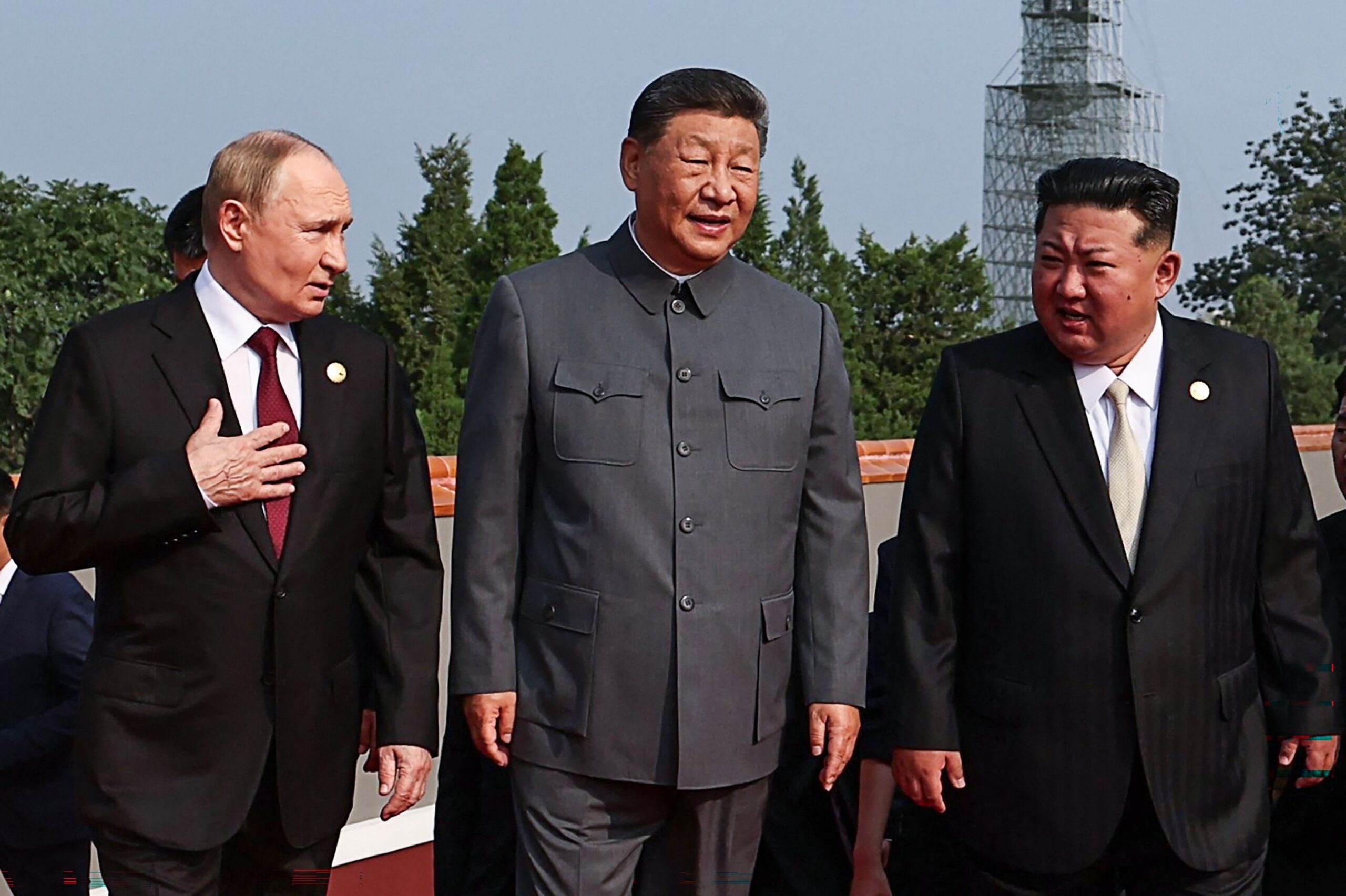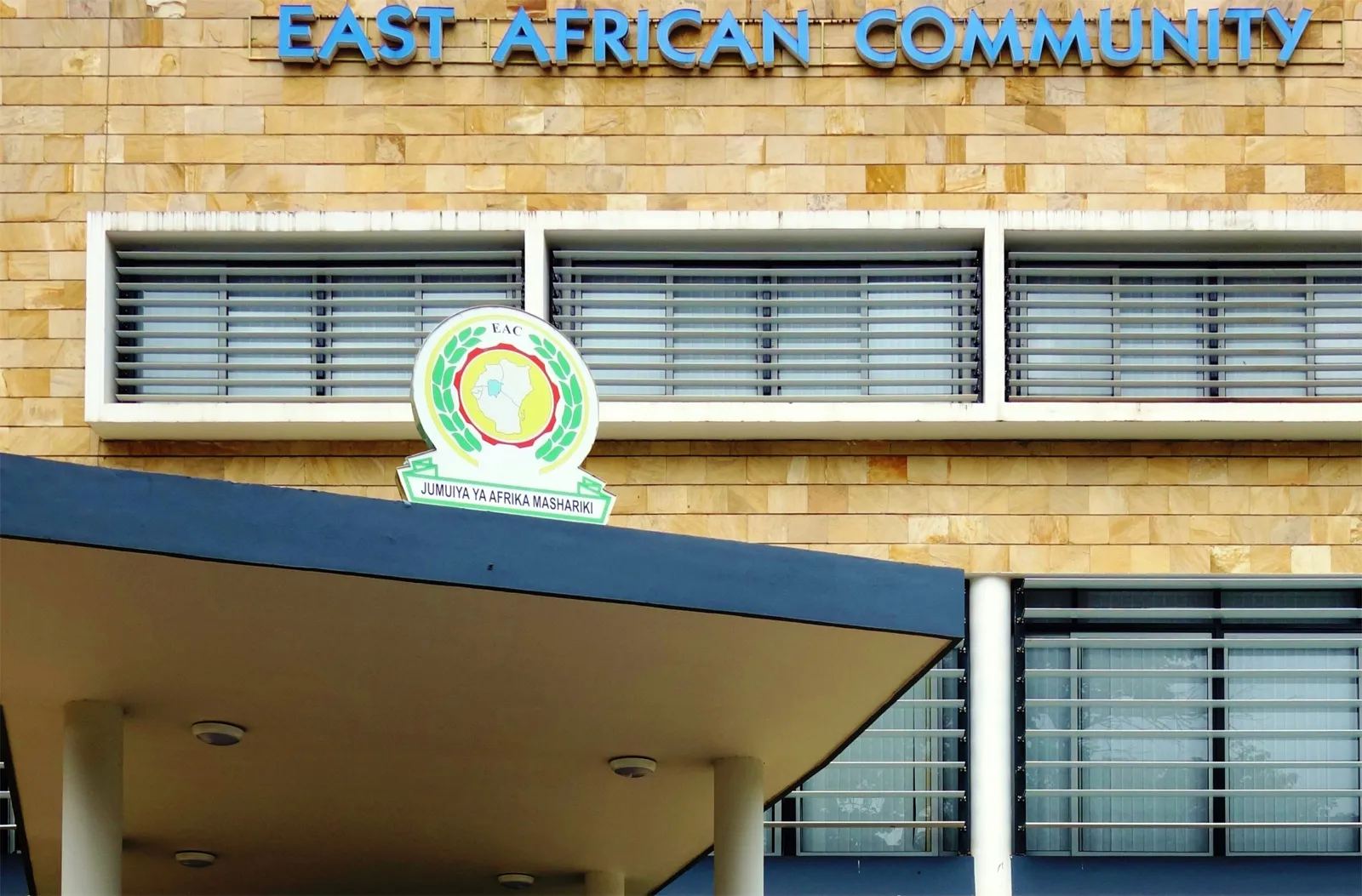

Central Africa is a paradox, a region brimming with extraordinary natural wealth yet burdened by some of the most entrenched poverty and instability in the world. Beneath its lands lie the riches that power the global economy—oil, diamonds, cobalt, coltan, and gold. Above it stretches the Congo Basin, a sprawling rainforest that stabilizes the global climate and houses unparalleled biodiversity. Despite this abundance, the people of Central Africa are far from prosperous. The very resources that should uplift the region appear to anchor it in cycles of conflict, economic fragility, and environmental degradation. This contradiction forces us to ask: can Central Africa ever escape the grip of its resource curse?
The evidence is stark. In the Democratic Republic of the Congo, vast reserves of coltan and cobalt—essential for modern technology—have become the lifeblood of armed groups. These factions exploit the minerals to finance violence, enriching themselves while local communities are left impoverished and displaced. In the Central African Republic, diamonds and gold follow a similar path, fueling ongoing violence that has devastated entire regions. Even in countries like Chad and the Republic of the Congo, where oil revenues dominate, the dependence on this single resource leaves economies exposed to the whims of global markets. When oil prices plummet, so too does national stability. The natural wealth of these nations, rather than serving as a foundation for growth, often seems to intensify their vulnerabilities.
Governance failures loom large in this story. In many cases, resource wealth has concentrated power in the hands of a few, sidelining democratic institutions and fostering corruption. Central Africa’s rulers often view resource revenues as a personal treasure chest rather than a public trust. This mindset not only siphons wealth away from critical investments in education, healthcare, and infrastructure but also undermines the legitimacy of the state. In the Central African Republic, constitutional changes extending presidential terms are emblematic of how resource control can entrench authoritarianism. Across the region, resource wealth often becomes a tool of division rather than unity, exacerbating inequalities and fueling social unrest.
The environmental costs are equally severe. The Congo Basin, often called the “lungs of the Earth,” is under siege. Illegal logging, mining, and deforestation are shrinking this vital rainforest at an alarming rate. Beyond its ecological importance, the Basin’s degradation carries profound social consequences. As resources dwindle, competition intensifies, driving further conflict and displacement. The destruction of this natural treasure also undermines the region’s potential to position itself as a global leader in sustainable development, squandering an opportunity to leverage its unique environmental assets for long-term prosperity.
Despite these challenges, Central Africa’s story is not predetermined. The resource curse is not an inevitability but a reflection of choices made. Governance reforms are key to breaking the cycle. Transparency in resource management can ensure that revenues benefit the broader population rather than an elite few. Mechanisms such as independent oversight and robust anti-corruption laws are essential to transforming resource wealth into public good. Economic diversification is another critical step. By investing in sectors like agriculture, manufacturing, and renewable energy, Central African nations can reduce their dependence on extractive industries and build more resilient economies. The Congo Basin, far from being a liability, could become a cornerstone of global climate solutions. With international partnerships and funding, the region can protect this vital ecosystem while generating revenue through carbon credits and sustainable tourism.
The path forward also requires regional collaboration. Initiatives like the Southern African Development Community’s involvement in stabilizing the DRC demonstrate the power of collective action in addressing shared challenges. By working together, Central African nations can pool resources, share expertise, and present a united front in negotiations with international actors. Such collaboration is essential not only for managing shared resources but also for addressing cross-border issues like armed conflict and environmental degradation.
Central Africa’s natural wealth is a double-edged sword. It holds the promise of transformative development, yet it also poses significant risks when mismanaged. The region’s future hinges on its ability to break free from the patterns that have historically turned its resources into liabilities. The question is no longer whether Central Africa has the wealth to thrive—it clearly does. The question is whether it has the vision and leadership to wield that wealth wisely.
If natural resources have brought so much conflict, corruption, and environmental harm, is it possible that they are not the region’s greatest asset, but its greatest challenge? And more provocatively, if the riches beneath the surface were suddenly gone, would Central Africa finally be free to rise?


